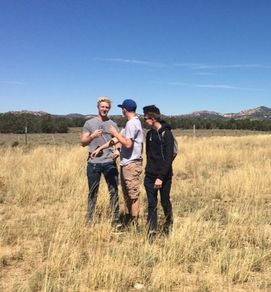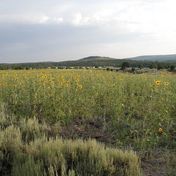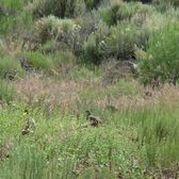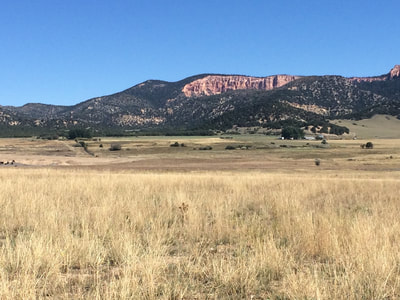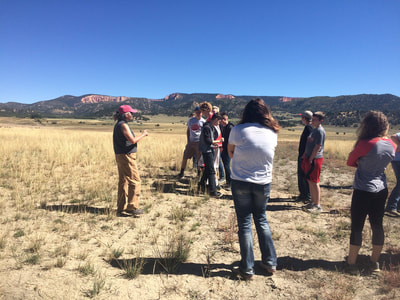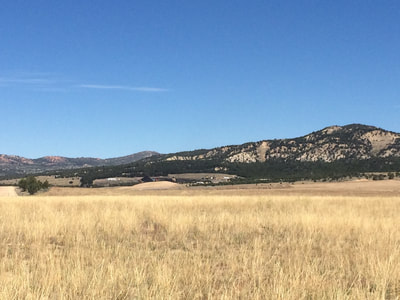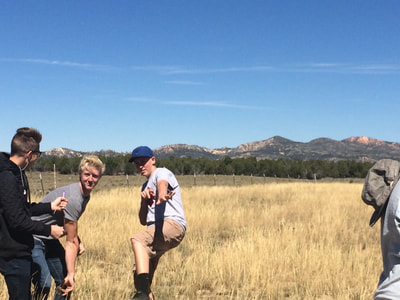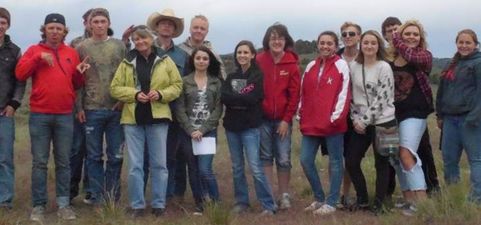GREATER SAGE-GROUSE HABITAT STUDIES
FALL 2016
Introduction
What makes Science a unique style of understanding the world is the use of the Scientific Method: stating a question, posting a hypothesis, collecting data, analyzing the data and the determining whether to support or refute the hypothesis.
Background
|
In the spring, female Greater sage-grouse are watching males display on leks (a traditional place where males assemble during the mating season and engage in competitive displays that attract females) , in order to select the 'best' male to mate with. They are using sagebrush and other shrubs to hide from the elements and predators. Females are also looking for a place to make a nest once they mate. Nests are located under larger sagebrush, to protect the next and the hen from visual predators. |
Gathering Data
Kanab High School students learned about Greater sage-grouse in Southern Utah. We then investigated the habitat of female sage-grouse. Using known locations of grouse, we compared habitat characteristics of these actual locations to random locations. We used these comparisons to support or refute our hypothesis.
|
Shrub Height
Measuring shrub height gives an indication is the sagebrush and other shrubs are high enough to provide shelter from the elements or to provide a nesting location. |
Ground Composition
Ground composition is a measure of what types of vegetation are in the landscape. Nesting hens prefer a diversity of plants such as grasses and forbs, surrounding their nesting location. This provides visual cover from predators. It is also harder to detect their scent in a mixed vegetation environment. |
GREATER SAGE-GROUSE HABITAT STUDIES
SPRING 2015
GREATER SAGE-GROUSE HABITAT STUDIES
FALL 2014
FALL 2014
